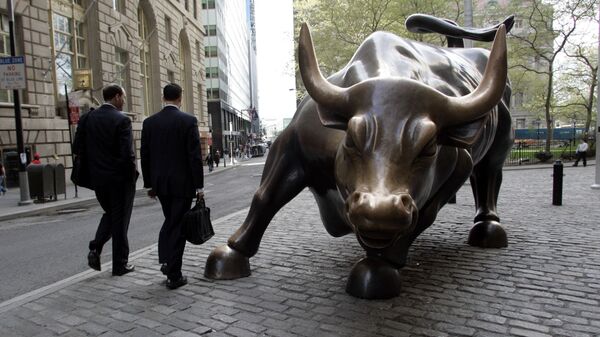Despite attempts by the Federal Reserve to buttress collapsing markets, the Dow finished the week down by 17%, the S&P 13% and the Nasdaq 12.6% compared to where they were on Monday.
At closing bell on Friday, the Dow Jones Industrial Average was down by 913.21 points, a 4.55% drop, closing at 19,173.98. The S&P 500, which tracks top corporate stocks, fell by 4.34%, or 104.47 points, to 2,304.92; and the Nasdaq Composite finished at 6,879.52, down 271.06 points, or a 3.79% drop.
According to the Wall Street Journal, stocks appeared to rally early on Friday, but that optimism quickly collapsed when New York Governor Andrew Cuomo gave the order for residents to stay at home except in case of an emergency. The New York Stock Exchange was already empty, as the exchange moved to purely digital trading earlier in the week in a bid to stem spread of the COVID-19 novel coronavirus.
A month ago, on February 20, the Dow was at 29,219. There's been a 35% drop since then, and investors aren't sure where the collapse will end.
Goldman Sachs analysts on Friday said they expected they expected US growth to contract by 24% in the second quarter, beating out the previous worst quarterly drop ever in 1958.
Sal Bruno, chief investment officer at IndexIQ, told CNBC, “The markets are trading more on emotion than the actual data. That’s what’s causing the volatility.”
The Federal Reserve, which functions as the United States’ central bank, has rushed to buttress the economic levies by relaxing fiscal policy, lowering interest rates, and promising to buy some $700 billion in Treasury and mortgage securities, but so far it’s had little effect on stemming the flood of selling on Wall Street.
On Friday, the Fed said it would expand a new lending facility intended to backstop money-market mutual funds to also include municipal debt. According to the WSJ, this wasn’t something to which the Fed resorted even during the 2008 financial crash.

